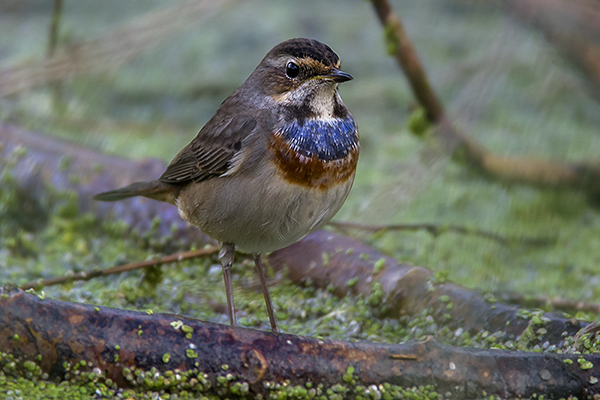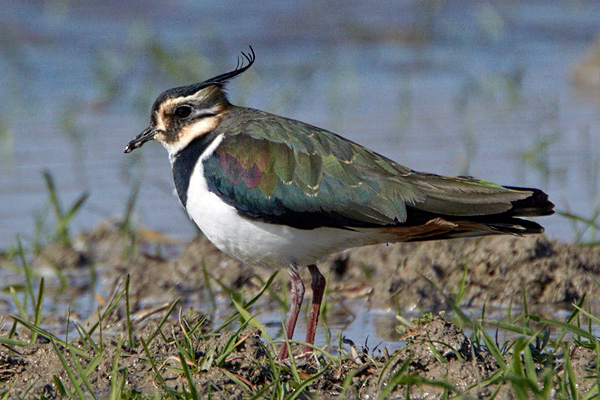Wind – and lots of it. That was the theme of the Costa Blanca Bird Club’s February outing, held on the Marjal de Pego. A howling westerly wind blew all day, keeping avian activity at a low level, but when 19 members gathered, they were immediately greeted by a Booted Eagle, which flew rapidly northwards, the first of several we were to see during the day. Across the road, huge numbers of Little Egret, accompanied by a few Jackdaws, fed in a rice-paddy, and small groups of Lapwings flew over from time to time as we set off along the path. One or two Great White Egrets were conspicuous in the distance, and the occasional Marsh Harrier quartered the reeds. Closer to our path, Chiffchaffs and a Zitting Cisticola moved along in front of us, as did a small flock of Goldfinches. A bird which is quite definitely on the increase is the elegant Audouin’s Gull, and several were to be seen, resting on dry banks which bisect many of the paddies. Further along, a female Reed Bunting came into view, then we stopped to look along a muddy tract, where, sure enough, the many White Wagtails were joined by two nice Bluethroats – always a joy to see, and one of the ‘specialities’ of Pego.
When we reached the welcome shelter of the reedbeds, most of the party carried on to complete the circuit, and walk right round, but, still not quite recovered from a nasty cold, I decided to return, with Paul, whose hip is giving problems, to the car. It was a fortuitous decision, in my case, as halfway back, I was lucky enough to see a Spotted Crake scamper across the path in front of us – probably the best sighting of the day. After a drive around more tracks, we made our way in ‘convoy’ through Adsubia, and on to the delightful village of Forna for a quite excellent lunch at the ever-reliable Restaurante Nautilus. Afterwards, we made a brief return to the marsh, driving around the morning’s walking circuit. A Kingfisher flashed across in front of us, and when we looked at the flocks of Starlings feeding with Lapwings, we noted that they were, in fact, Eurasian birds, and not the local-breeding Spotless Starling. As we returned to the reeds, a little ragged flock of tiny Red Avadavats flew up. This little African finch is now established as a breeding species in Spain, but the precise whereabouts of a flock is often a mystery. The wind was still blowing as we finally departed, having seen as many birds as could be found in the conditions.

